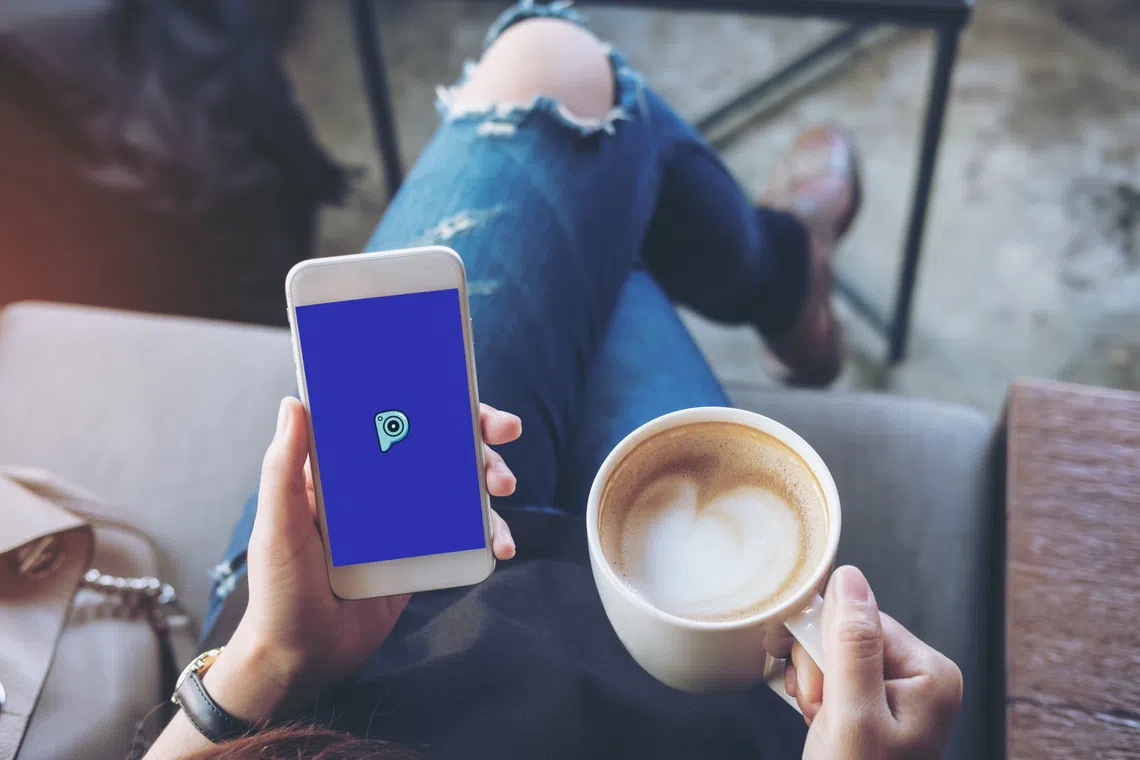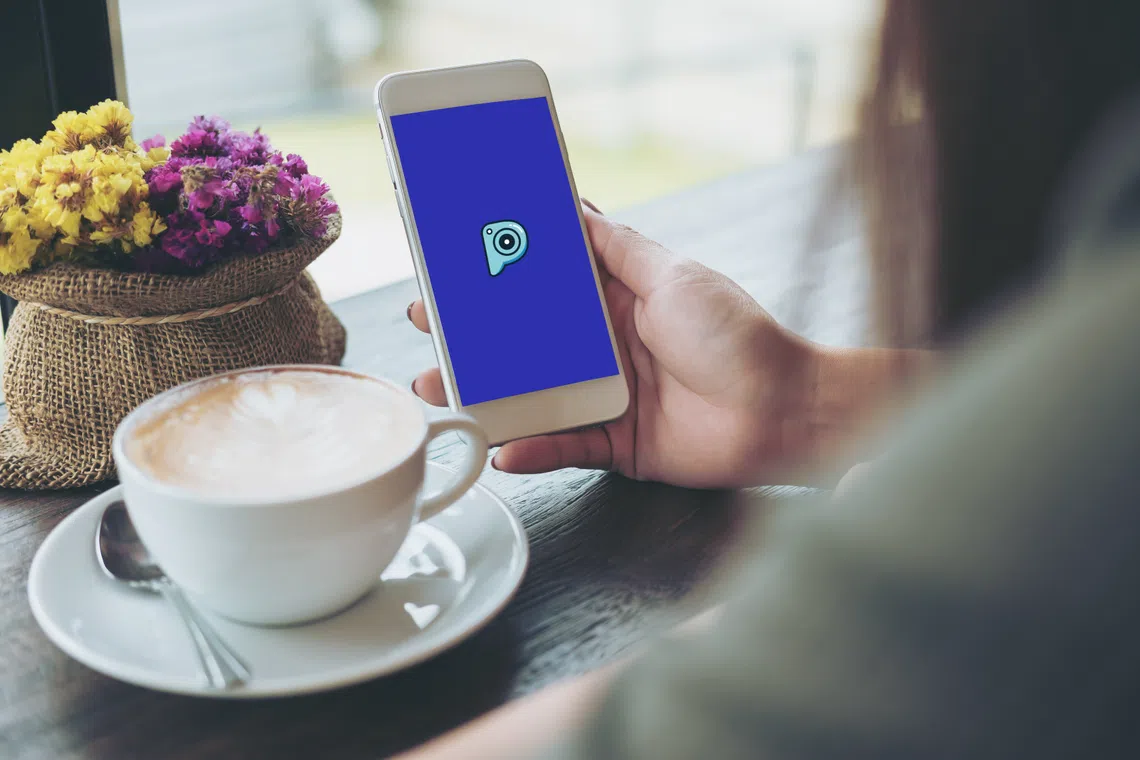Why nano-influencers might be the new marketing tool your business needs
More and more brands are going with these influencers who have a real reach among their followers
Imagine this: you are aimlessly tapping through your Instagram Stories one night when you see one of your friends raving about a beauty product that she just bought. You recall that she had talked about another product from the same brand just a few weeks ago. Your interest is piqued, and you click on the brand tag that she had added to the Instagram Story. You don't see anything you need to buy at the moment from the e-shopfront, but you make a mental note to check it out when you need to replenish your supply. In another couple of weeks or months, after seeing ads for the brand pop up on your feed (and your friend posting about it a few more times), you take the plunge and make the purchase.
The power of the word-of-mouth cannot be understated, and when incorporated into a brand's marketing strategy, can amplify its key messages and enhance brand awareness and confidence in a way that traditional marketing tools find difficult to accomplish.
In the scenario above, just as likely as you would have swiped away an Instagram ad for the beauty brand, you would have paid attention to one of your friends making a case for the very same brand. That is the power of the nano-influencer.

Small reach, big gains
As influencer marketing continues to grow in popularity among brands, so does the use of nano-influencers as a marketing tool to cut through a mostly-saturated digital space.
Generally defined as influencers who have a follower count of between 1,000 to 5,000 (and not to be confused with micro-influencers who usually have between 5,000 and 30,000 followers), nano-influencers are often sought after for their high engagement rate, or how actively involved their audience is with their content.
According to research done by local influencer marketing platform Partipost, the average Instagram engagement rate for influencers with more than 30,000 followers has been found to hover around 1 to 2 per cent. Compare this to nano-influencers with up to 5,000 followers: they are estimated to have an average engagement rate of 7 to 10 per cent.

Those with less than 2,000 followers can even achieve up to a 20 per cent engagement rate, thanks to the close, personal relationships that many of them have with their followers, and the niche content that their followers tend to also advocate for. It's akin to finding out about a brand from your close friends, as opposed to from Kylie Jenner - who would you be more likely to trust when it comes to the purported virtues of the brand?
And there is the added benefit of cost effectiveness; Partipost says that on average, brands can potentially work with 50 nano influencers using the same budget meant for one macro influencer.
Find the right fit and use the right strategy
Of course, as with all marketing tools in your arsenal, coming up with the right influencer marketing strategy so that the nano-influencers are effectively deployed for your campaign is just as critical.
In general, nano-influencers are deemed suitable for all consumer-facing brands as they are likely to already be potential or existing customers of the brand, and hence can portray an affinity for the brand that is more believable and relatable. Partipost has seen nano-influencers to be especially effective for F&B and FMCG brands, due to these brands being accessible and consumed in high volumes and available in a variety of price points
Once you find the right mix of nano-influencers, there are also other important considerations to keep in mind - such as ensuring that the brand message does not drown out the authentic voice of the nano-influencer, and tracking ROI to make sure that the strategy is the most effective one for your brand.
Alternatively, you can leave the influencer marketing strategy to the people who have the resources and the know-how to execute a campaign to meet your brand objectives.

Partipost, for example, has access to over 28,000 influencers from different tiers, a mobile app and a user-friendly back-end system for brands to track submissions. After a brand shares its objectives (eg. to increase awareness and sales), Partipost will take over to launch, execute and oversee influencer campaigns. Once the campaign goes live on the Partipost app, nano-influencers (named 'Partiposters') can submit content for the brand's approval. Approved content will then be posted on the social media accounts of these 'Partiposters'. All campaigns will conclude with a post-campaign report.
An influencer marketing strategy, when done right, is one that can fit seamlessly into your existing marketing strategy, and reap a great amount of benefits for your brand. Why not give it serious consideration, ahead of your marketing plans for the new year?
To find out more about how influencer marketing strategy can help your business, email info@partipost.com for their latest deck or visit Partipost for more information.

Decoding Asia newsletter: your guide to navigating Asia in a new global order. Sign up here to get Decoding Asia newsletter. Delivered to your inbox. Free.
Share with us your feedback on BT's products and services
